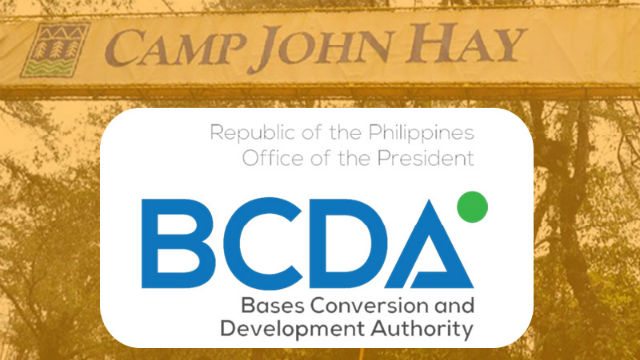First of all, how do we describe learning environment? How does it look like? How will it encourage students to listen, participate and be active in all activities facilitated by teachers? Can we describe classroom a conducive learning environment when a teacher who uses it does not deliver the lecture thoroughly for the student?
Effective teaching, this is the number one factor that affects the performance of a certain student in a classroom setting. Without the enthusiastic skill of a mentor, students will not grasp the content of the subject matter. Thus, in order to achieve the ultimate goal of educating students, consider teaching attitude and teacher-student communication.
The education department comes out with a very comprehensive program to address the problem. In order to be an effective teacher, one must avoid the boring nature of repetitive tasks, the dishonesty of teachers with schooling and with themselves, the limiting of knowledge and ultimately the coercive nature of schooling. Central to the creation of a classroom as a learning environment is the teacher’s knowledge, enthusiasm, and the responsibility that must effectively nurture the student’s desire to learn and to accept the challenges of thinking and inquiring into all that is offered by the teacher. Teachers have to adjust their attitudes about the nature of teaching; the classroom environment should mirror the teacher’s reflective practices that would be central to the learning environment. In taking on the reflective role, teachers can enjoy the process of teaching by sharing their knowledge through the creation of a reflective classroom. In such an environment, knowledge is shared; students and teachers all become learners, each co-discovering the world of the subject. The teacher who is willing to share knowledge unconditionally will be stepping towards the effective classroom.
In many classrooms, this is the key factor that supports an effective learning environment. An effective classroom is a classroom of opportunity and experience, where learners can explore and experiment in a climate that recognizes the process of learning as the measure of success rather than the right-answer approach. It acknowledges the vital role of intrinsic motivation in creating the environment where students feel they are the masters of their own learning.
Another is assessment as a part of the creation of an effective learning process. A learning environment that is dominated by assessment procedures can detract from the learning process. However, if the students are able to see the value of the learning process, and that assessment is part of the learning and not an end in itself, then they can buy into the process and actually use it to gain better results while benefiting from the learning environment which they help to generate through their self-monitoring and peer-assessment activities.
There should also be an effective feedback mechanism that establishes the learning process in the classroom because the effective classroom is one where the students actively seek feedback as they will know that their own learning will become part of the feedback process. The nature of interplay of learning and teaching in the activities of the effective classroom adds to the value of the feedback in such an environment.
Lastly, the effective teacher will be one who engages the students in a way that highlights mutual respect and an acknowledgment of the learning process that is in place. Learning is an emotional exercise. Students will engage in something that appeals to them emotionally. The teacher who brings a sense of personal involvement in the classroom, who wants to share the knowledge with the members of the class, who is prepared to show that he/she is also a part of the learning cycle, will be setting up a relationship which will encourage a good learning environment.
By: Marie Christeta S. Singun














